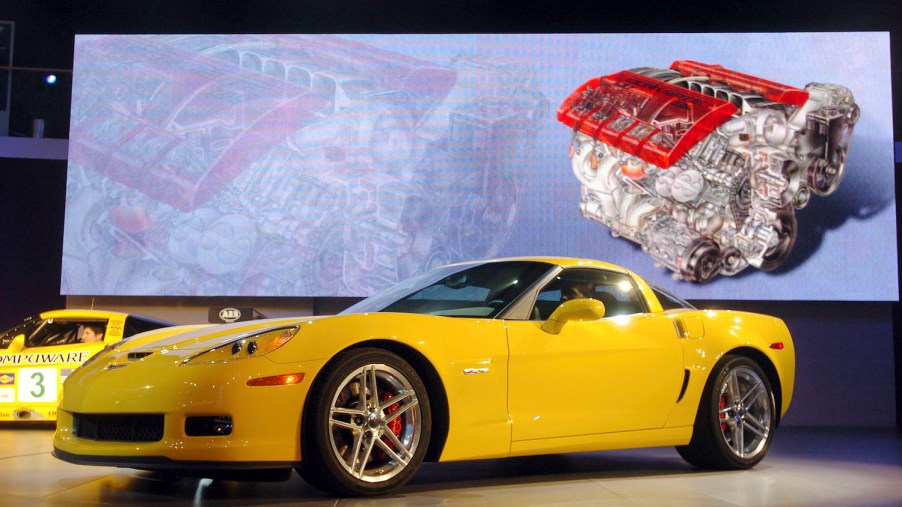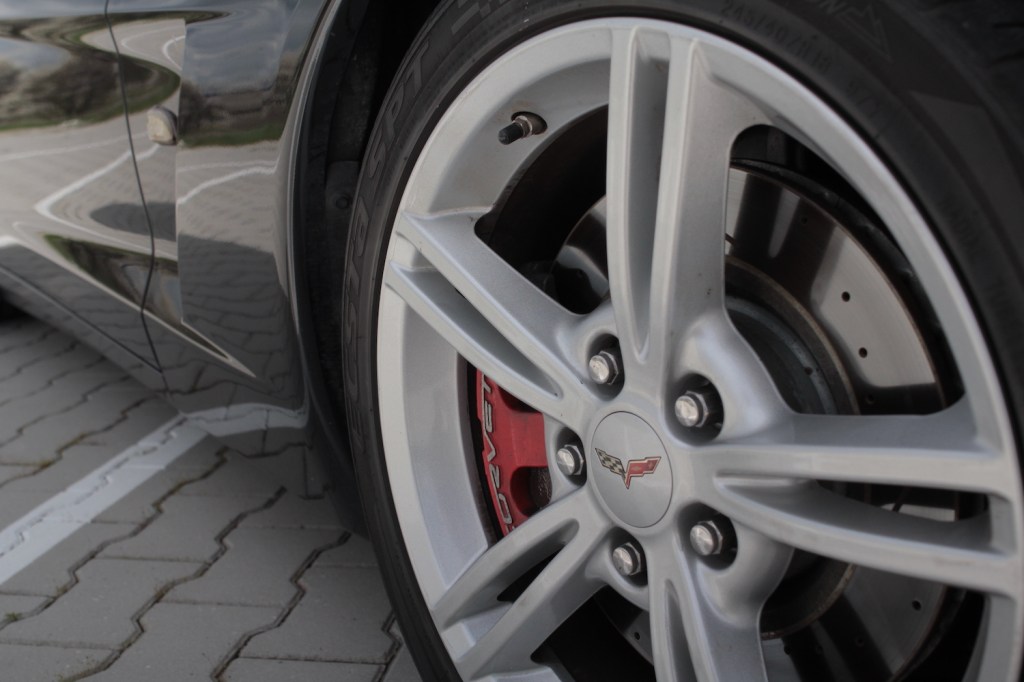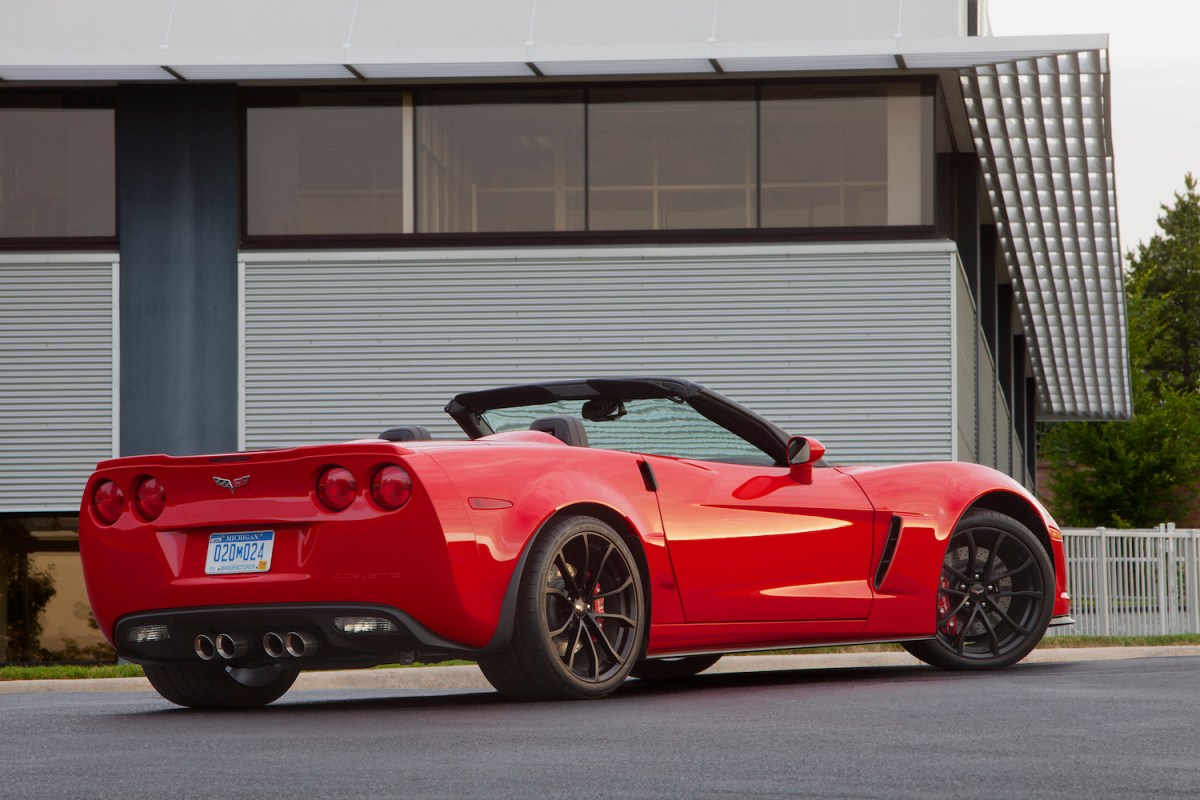
Everything Needed for a C6 Corvette to Go Off-Road
Corvettes are proven track machines. They’re fast enough to give even an Aston Martin Vantage a run for its money. They can corner as well, especially the new mid-engine C8. Corvettes are also durable and reliable. Therefore, only a few things lie between a Corvette and an offroad adventure.
Raise The Ride Height

The first step is to raise the Corvette. Depending on what perils lie ahead, it’ll need more ground clearance than what is stock. C6 Corvettes have adjustable suspension from the factory, but its limits aren’t enough for off-roading. Leaf springs can also raise a Corvette high enough to avoid a rock punching a hole in the transmission, though that takes some modification. Raising the ride height not only gives enough ground clearance but also allows for bigger wheels and proper off-road tires.
Give The C6 More Traction

After raising the car, it’ll need some new tires. Raising the car to at least 12 inches of ride height allows proper off-roading tires and big wheels to accommodate. Some owners install spacers onto the wheel hubs to get the clearance needed. Depending on the tires, the wheel wells may need to be cut as well.
A glaring issue with this conversion is the absence of all-wheel drive. While this is helpful to have, a car with rear-wheel drive can manage in off-road conditions as well. Drivers can improve rear-drive off-road traction by adding ballast to the rear of the car. This can be an assortment of sandbags, cinderblocks, or even a slab of concrete. Extra weight on the back of the car puts more pressure on the tires, forcing the contact patch and thereby improving traction.
Beyond a ballast and proper tires, driving style plays a massive part in operating a rear-drive vehicle off-road. Feathering the throttle, starting in a higher gear, and braking in a straight line can all help a driver control their car.
Outfit The C6 Differential With Lower Gears

Along with the big tires and wheels, the Corvette may also need lower gearing. Big tires on a Corvette can have a detrimental effect, where the car is sluggish to accelerate simply because the tires can’t rotate fast enough. Obtaining lower gearing can fix that. A C6 Corvette has a 2.73:1 or 3.42:1 stock rear-end gear ratio, while off-roading vehicles often go with gear ratios between 4:1 and 5:1.
One more thing the differential may need is a locking mechanism. Fortunately, locking differential kits exist for Corvettes. A locking differential will cause both drive axles to spin at exactly the same speed. Off-road cars use this to get out of sticky situations, where the tire that needs traction can’t get it, according to Eaton.
Keep The C6 Brakes Cool While Off-Roading

Another thing to consider before taking the C6 off-roading is braking. The stock braking system will stop the car, but off-road braking can be an intense activity. Using slotted, cross-drilled, or vented disks will help the brakes stay cool. The car will be heavier with its new equipment, so the brakes will work harder, and can therefore overheat, says How Stuff Works.
A C6 Corvette with these modifications, plus its already proven durability and reliability, is a solid foundation for an off-road Corvette. Additionally, some brake and fuel lines may need to be rerouted, and the body panels and chassis may need reinforcement. Beyond that, the car has the power and novelty to make off-roading fun.


